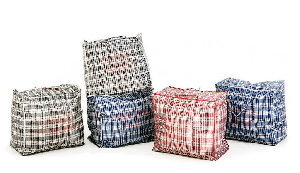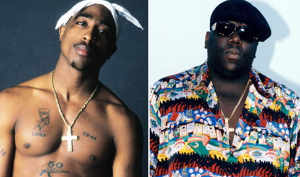Interbreeding with Homo sapiens fit don play key role for di extinction of Neanderthals, one new study don find out. E fit don reduce di number of Neanderthals wey dey breed with each oda, leading to dia final extinction, according to di research wey dem publish for di journal Palaeo Anthropology. "For long time, di main theory be say e get plenti competition between Homo sapiens and Neanderthals for resources," Dr Lucile Crete tell di BBC. But di new study wey Dr Crete co-author with professor Chris Stringer, wey be lead researcher for di Natural History Museum for London, suggest say no be violence, but di mixing of populations na im weaken di gene pool of Neanderthals. "We propose say di behaviour fit don lead to di Neanderthals extinction if dem dey regularly breed with Homo sapiens, wey fit don wipe dia population until dem disappear," professor Stringer tok afta dem publish di study. Dem fit find Neanderthal DNA for everyone alive today, including pipo of African descent, wey dem no think say dia ancestors even bin come in contact with dis group directly. Neanderthals and Homo sapiens evolve for different areas around di world afta dem seperate from each oda around 600,000 years ago. While Homo sapiens evolve for Africa, while Neanderthals live for Europe and Asia. "Recent discoveries show Homo sapiens bin dey Europe 50,000 or 60,000 years ago, and dis mean say dem dey Europe for di same time as Neanderthals for much longer than we bin think before," Dr Crete explain. How we know Homo sapiens and Neanderthals breed Dem trace Neanderthal genomes for di Homo sapiens genome, but no be di oda way round, di study suggest. "E be like say exchange of genes happun but na just one way around," Dr Crete explain. We already know dat two species interbred - if dem born you outside Africa, dem derive about 2% of your genome from Neanderthals. But Dr Crete and Dr Stringer look deeper into di mata by analysing wetin dey known about di 32 Neanderthal genomes wey don dey discovered and sequenced to date. Di two scientists suggest say weda interbreeding dey successful depend on di exact pair wey breed. "But we no know how to explain dat. E fit be because of di available data wey we get, or di way hybridisation (dat na process of two species mixing) dey work," Dr Crete tok. "For some species of birds and mammals, hybridising sometimes no dey work both ways: e fit dey difficult for one species to produce fertile offspring." She hope say dem go fit find more Neanderthal fossils and analyse am in future. "Di more we go dey able to sequence and analyse, di more we go dey able to test dis theories," she tok. Sexual encounters Anoda theory Dr Crete and Dr Stringer put forward for dia study be say not all sexual encounters fit get consent. "Maybe Homo sapiens bin dey go out to find females or di oda way around and dem use force to find fertile representatives of di oda group," Dr Crete tok. She explain say dem fit observe that kind of behaviour for some chimpanzees. "If males no get enough reproductive females for dia group, dem fit go to di oda group and steal dem to dey able to keep on expanding," she tok. But little dey really known about such encounters. Scientists believe say e no dey easy for Neanderthals and Homo sapiens to communicate as dem dey quite different. "Dem go probably no dey able to produce di same kind of sounds, dem no get di same kind of articulated speech, dia brains dey structured differently," Dr Crete explain. Dia physical appearance dey also different. "Neanderthals dey quite sturdy, strongly built with shorter arms and legs and a characteristic prominent brow ridge above dia eyes," Dr Crete explain. However, e no still clear how different male and female Neanderthals bin dey. "Skeletons dey usually fragmented and broken, and we no get a lot of pelvises to compare and tell di difference between di two," Dr Crete tok. But upon many unknown, Dr Crete dey happy about possible future discoveries. "New methods make am dey possible for some things wey we for no fit even imagine before," Crete tok. "E dey like one very big puzzle. Sometimes e dey get bigger and bigger with new discoveries as dem change di way we think."
















